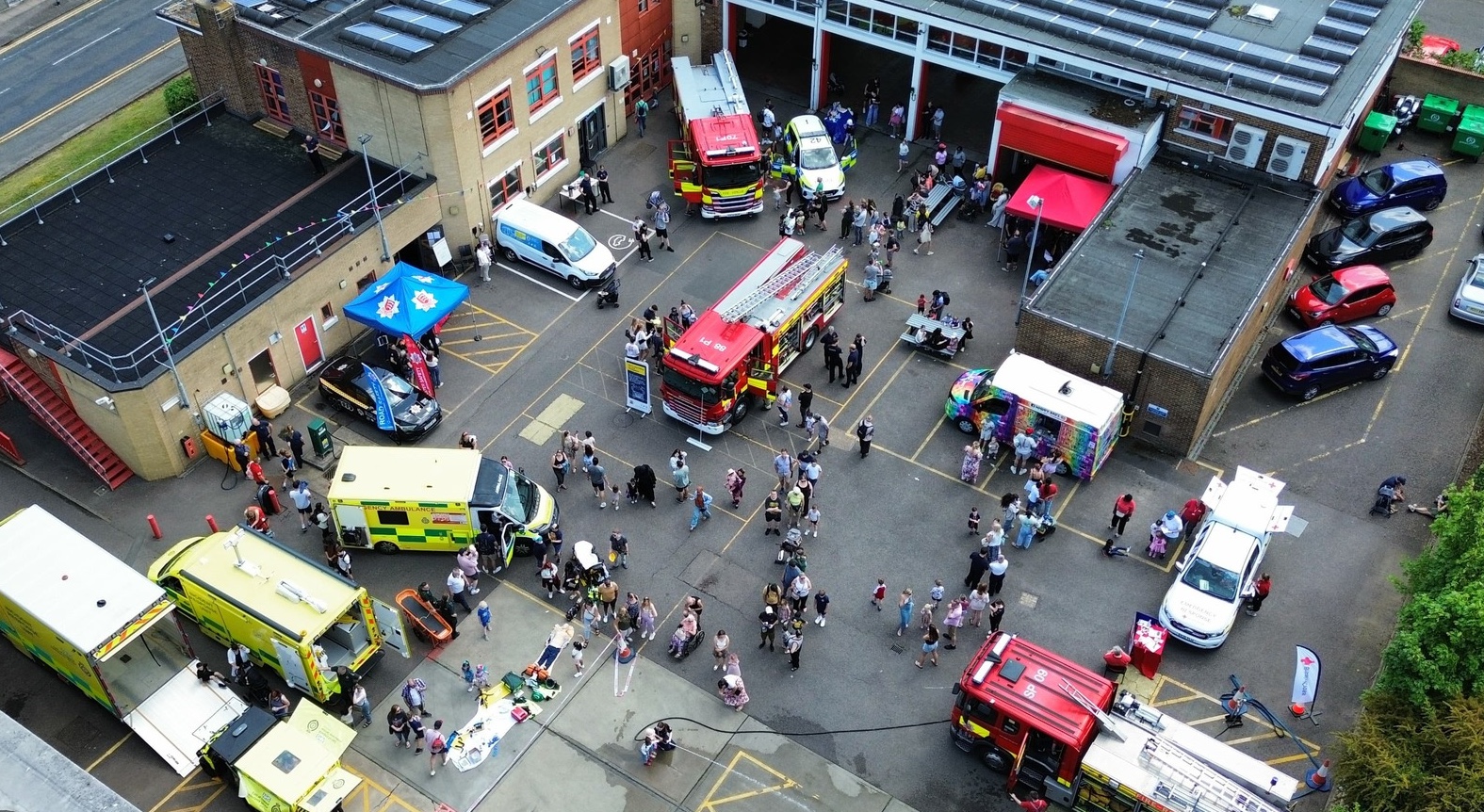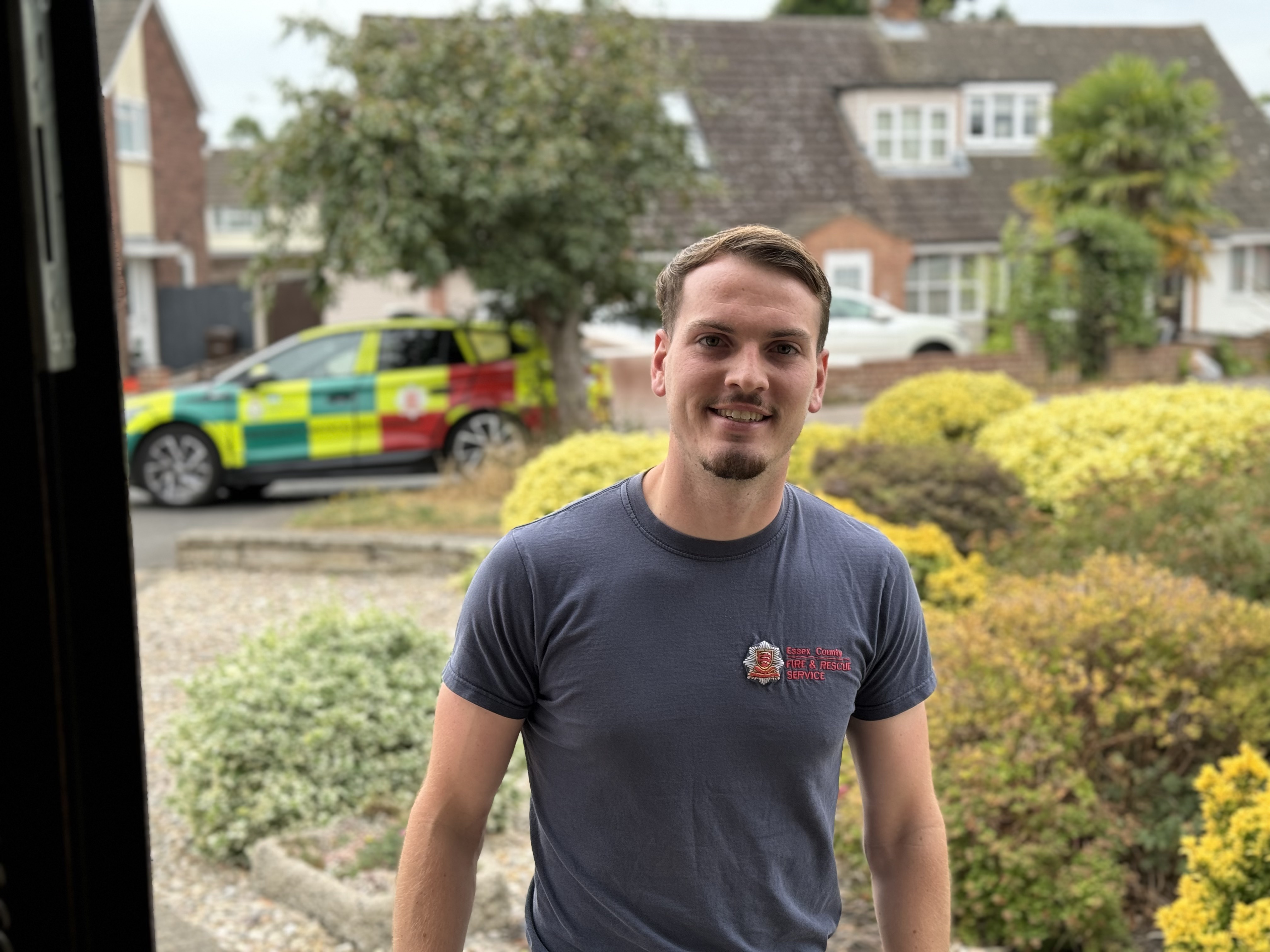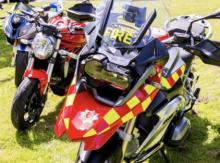Is your motorbike summer ready?
Essex County Fire and Rescue Service has given advice for motorcyclists to ride safely this summer.
With warmer weather on its way, bikers can look forward to the long awaited return to getting back out on the roads on their bikes.
Essex County Fire and Rescue Service is asking bikers to consider if they are ready to get back on their bikes.
Motorcyclists account for just 1% of the traffic on Essex roads, but are involved in around 20% of Killed and Seriously Injured collisions. Making motorcyclists ones of the most vulnerable road users.
Andy Strougler, FireBike and Powered Two Wheeler Safety Manager from Essex County Fire and Rescue Service said: “If you’re looking to get back on your bike after some time off over winter, you need to be prepared. You need to prepare your bike and you also need to prepare yourself.
“Your bike may have been laid up for a considerable period. Don’t just fire her up and take it out – first carry out some TLC to make sure the bike is in tip top condition.
“Give the bike a good and thorough inspection and clean if necessary to make sure it is fit for the road.”
Andy recommends following the ‘POWDERS’ guide to check the bike over:
P - Petrol - Make sure the petrol is fresh and that you have enough petrol for your journey. Fill up if necessary.
O - Oil - Engine oil should be checked either at the oil window or with the dip stick. The level of brake and clutch fluid reservoirs should be checked and on two stroke machines don’t forget the two stroke tank.
Never rely purely on the warning light - you don’t want a seized engine.
W - Water - Check your coolant level when the bike is cold and top up with the correct mix if needed. Check coolant hoses for leaks. Make sure your radiator is free from damage.
D - Damage and Drive - This relates to any danger that may be present due to general damage on the bike and the condition of drive chains, sprockets, shafts, etc. Chain adjustment should be checked and be adjusted if required to your handbook specification and sprocket teeth should not show signs of hooking.
An over-tight chain will cause damage to your final drive bearing which will be a costly job and a loose chain will cause excessive wear and increase the danger of the chain coming off.
E - Electrics - Check that the headlight, tail/brake light, indicators and horn are functioning correctly. Check that the engine stop switch and stand ignition cut off (if applicable) are working. With the engine running turn the handlebars from lock to lock to ensure the throttle cable is not snagged.
R - Rubber - Physically check your bike’s tyre pressures and make sure the tyres are at the recommended pressures. Also check the condition of tyres - not just the tread as the side walls are just as important and also examine the tyre wear indicators.
Make sure there are not foreign objects embedded in the tyres. Replace the tyres is they are damaged or show excessive wear.
Tyre condition has a major effect on machine handling and safety.
S - Stopping and Suspension - Check that the front and rear brake systems are working properly. A moving brake test should be carried out at low speed. Check there are no brake fluid leaks. Suspension (check the bike's handbook) should be checked to ensure that it is suitably set for the journey e.g. lone rider, with pillion, or with luggage.
Check for leaks from the suspension. Make sure the suspension, front and rear operates smoothly without any jerkiness or restriction.
Andy said: “As well as the bike, we have to prepare ourselves, both physically and mentally, to get back out riding.
“Remember it will feel strange being back out on the bike after such a long period. Things will not feel the same as they were before lockdown.”
His top tips to remember:
- You will feel very rusty at first and the bike will feel unfamiliar
- Take your time to get back into the groove
- You may feel nervous and your reactions are slower – take time to build that confidence and hone your reactions
- Consider shorter rides at first or take plenty of breaks
- Avoid group rides at first and pressure to ride beyond your own comfort zone
- Slow your speed in order to adjust back into riding. Give yourself space, time and distance to deal with hazards on the road.
- Be aware that the road and the road surface will be different to the last time you rode – make allowances for this
- Remember that car drivers and other road users will also be returning to the roads and they too will be rusty. They will not be so used to seeing motorcycles out on the roads. Be especially cautious at roundabouts, at junctions and when filtering.
For more road safety advice, visit: https://saferessexroads.org/
Could you benefit from a free Better Biking course?
Essex County Fire and Rescue Service offers a free FireBike Better Biking Course.
It is a half day course providing advice, guidance and assessed ride feedback designed to improve your existing road riding skills and help you to enjoy safer biking even more.
Find out more at: https://www.essex-fire.gov.uk/firebike



